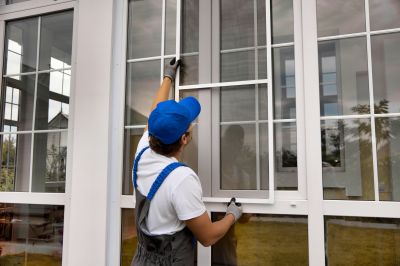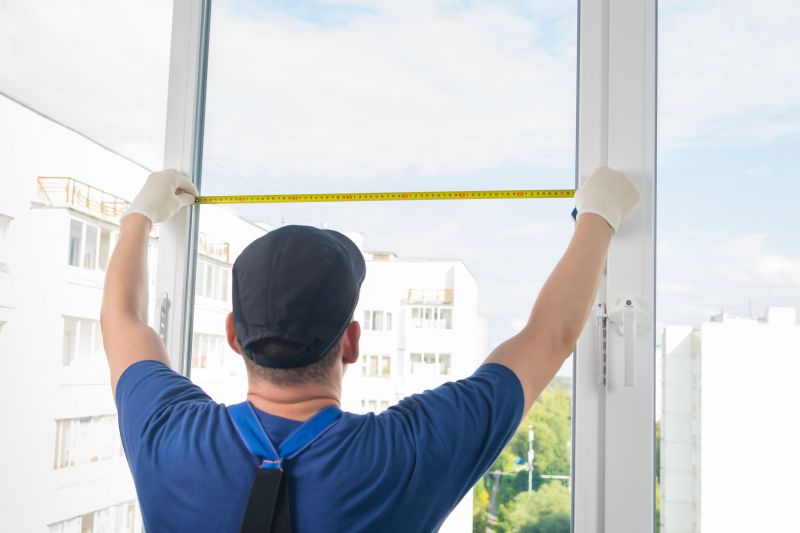Optimal Timing for Windows Installations
Choosing off-peak hours minimizes impact on productivity and allows for thorough setup and testing.
Spring and fall often offer more flexible scheduling due to fewer holidays and less business activity.
Scheduling in advance ensures hardware readiness and allows for proper backup procedures.
High-traffic periods can delay updates, so planning during quieter times is advisable.

Technicians carefully plan the timing to ensure smooth deployment.

Updates are often scheduled during off-hours to prevent workflow disruption.

Advance planning helps coordinate hardware and software updates effectively.

Ways to make Windows Installations work in tight or awkward layouts.

Popular materials for Windows Installations and why they hold up over time.

Simple add-ons that improve Windows Installations without blowing the budget.

High-end options that actually feel worth it for Windows Installations.

Finishes and colors that play nicely with Windows Installations.
| Factor | Recommendation |
|---|---|
| Business Hours | Schedule outside peak hours to reduce impact. |
| Season | Spring and fall are optimal for flexibility. |
| System Usage | Perform during low-traffic periods. |
| Preparation Time | Allow ample time for setup and testing. |
| Backup Procedures | Complete backups before installation. |
| Hardware Readiness | Ensure hardware is prepared in advance. |
| User Availability | Coordinate with users for minimal disruption. |
| Update Compatibility | Test updates during scheduled downtime. |

Use calendar software to plan installations during optimal times.

Ensure server environments are prepared for updates.

Inform users ahead of scheduled Windows installations.

Verify system stability after updates.

Confirm backups are complete before beginning.

Check hardware specifications before installation.
Windows installations are a critical aspect of maintaining system security and performance. Proper timing ensures minimal operational disruption and maximizes the effectiveness of updates. Regularly scheduled installations can prevent security vulnerabilities and improve system stability, making them an essential part of IT management.

Technicians perform installations during planned windows.

Backups are completed prior to installation to safeguard data.

Systems are tested after installation to ensure stability.

Users are informed about scheduled updates.

A 60-second routine that keeps Windows Installations looking new.

A frequent mistake in Windows Installations and how to dodge it.

Small tweaks to make Windows Installations safer and easier to use.

Lower-waste or water-saving choices for Windows Installations.
Interested in scheduling Windows installations? Filling out the contact form allows for personalized planning and efficient execution tailored to specific operational needs.

